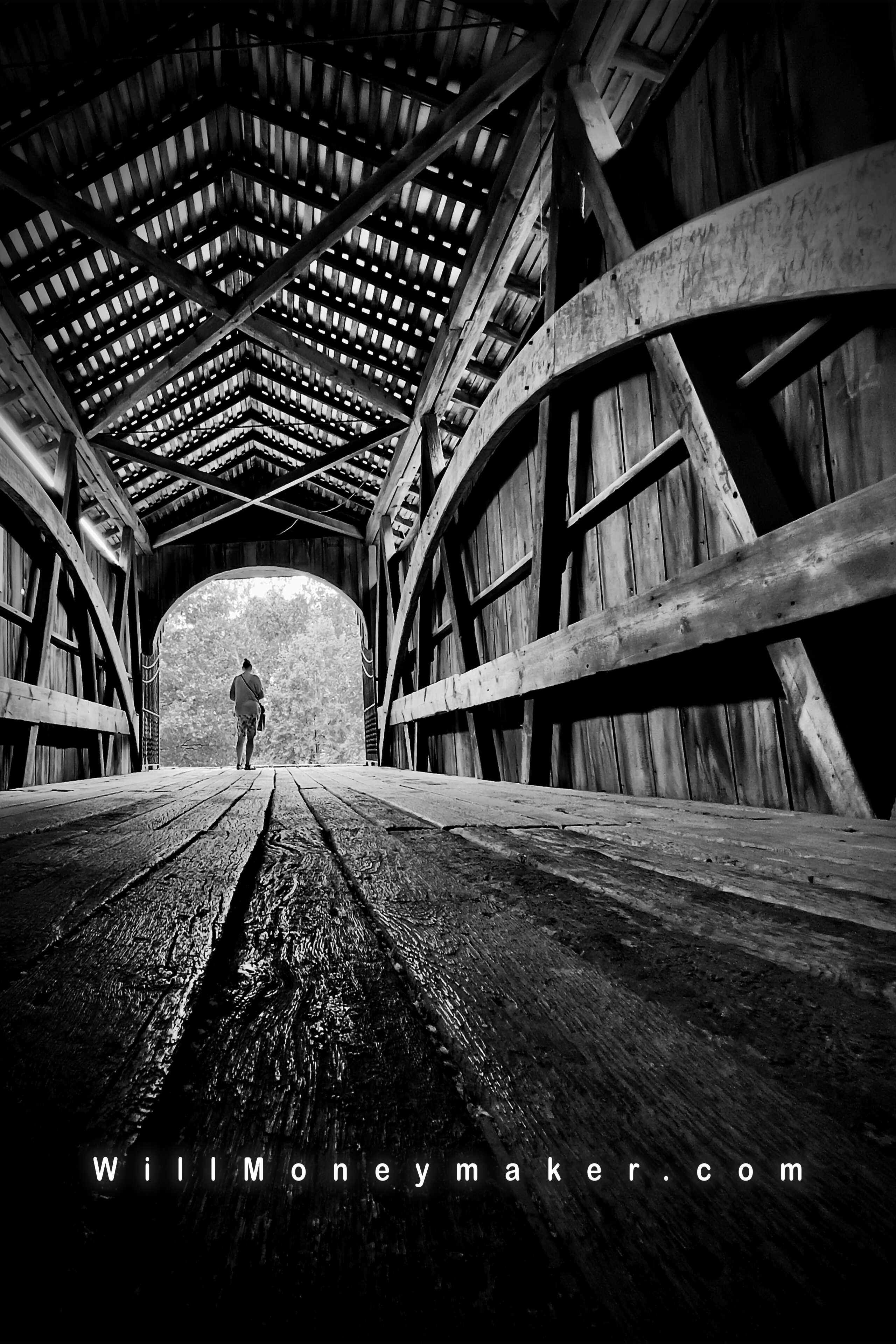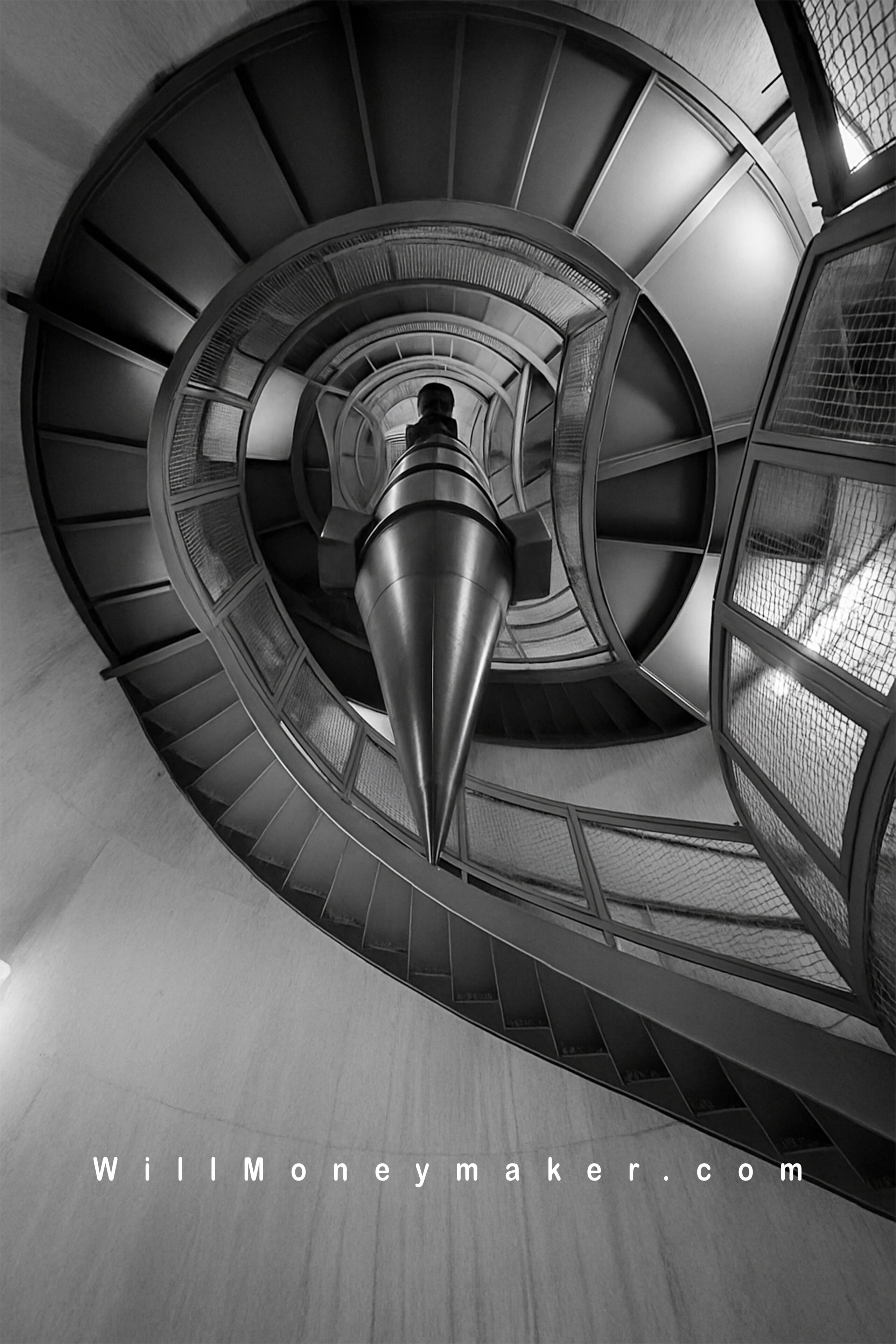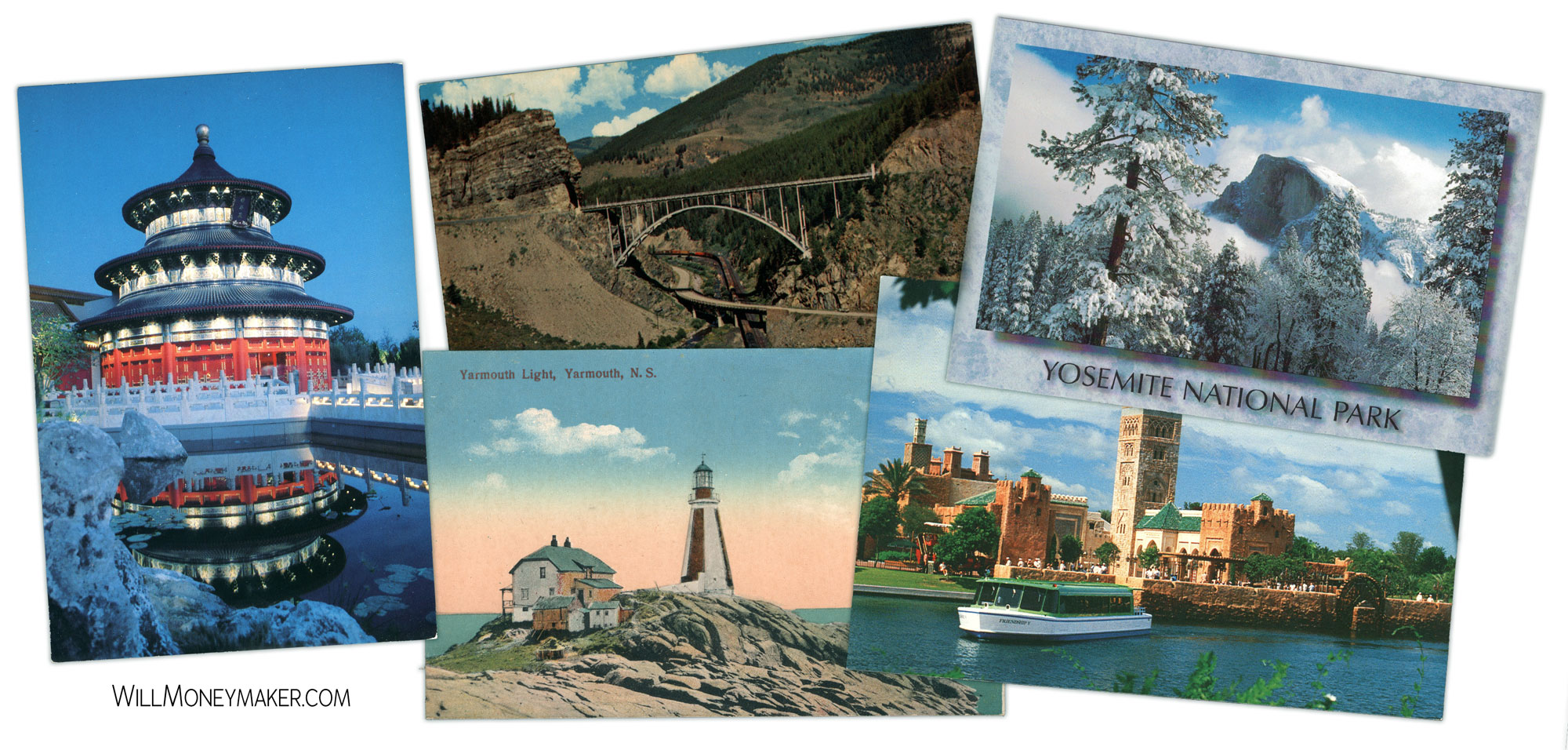Capturing a photograph is much more than just pressing a button on a camera. It’s an intricate dance of thoughts, emotions, and technical considerations that come together to capture a moment in time. When I prepare to take a photograph, there’s a detailed mental checklist I go through, each step bringing me closer to the perfect shot. Here’s an in-depth look into what goes through my mind before taking a photograph.
Every photograph starts with a story. I think about what I want to convey through the image. Is it the serenity of a sunset, the bustling energy of a city street, or the quiet moments of reflection in nature? The story I want to tell guides my approach, the angle I choose, and the timing of my shot. For instance, when I photographed a recent baseball game, I wasn’t just looking for the action shots. I wanted to capture the atmosphere, the anticipation, and the passion of the fans. I focused on the details—the weathered mitts, the scoreboard lights, and the intense expressions on the players’ faces.
Once I have a story in mind, I consider the composition. The rule of thirds often guides me, but I’m not afraid to break it when the situation calls for something unique. I look at the lines, the shapes, and the balance within the frame. How can I lead the viewer’s eye through the image? Is there a way to add depth or create a sense of scale? One time, I was photographing a quiet street in an old town. The cobblestone road and historic buildings were picturesque, but I felt something was missing. Then I noticed a cat lounging by a door, perfectly at ease. Including that cat in the foreground added a touch of life and warmth to the scene.
Lighting is another crucial element. It can make or break a photograph. Natural light is my favorite, but it’s also unpredictable. I observe how the light interacts with the subject, where the shadows fall, and how they shape the mood of the image. Sometimes, the golden hour gives everything a magical glow, while other times, harsh midday sun creates striking contrasts. I remember shooting a sunrise over the mountains. The first light breaking over the peaks was breathtaking, but it was the shadows stretching across the valley that truly added drama and dimension to the photo.
With the creative aspects in mind, I also think about the technical settings. What aperture will give me the desired depth of field? Do I need a fast shutter speed to freeze motion, or a slower one to capture movement? What ISO will ensure clarity without introducing too much noise? Each setting plays a crucial role in achieving the vision I have for the photograph. Photographing a waterfall can be tricky. I wanted to capture the silky smooth flow of the water, so I opted for a long exposure. Balancing the light with an ND filter and steadying the camera on a tripod were essential steps to achieving the effect I envisioned.
Patience is key. The perfect shot often requires waiting for the right moment. Whether it’s waiting for the light to change, a subject to move into the frame, or a fleeting expression to appear, I stay ready and observant. Once, while waiting for a train in a bustling station, I noticed an elderly couple sitting quietly on a bench, holding hands amidst the chaos. I waited until a ray of sunlight streamed through a high window, illuminating them perfectly. That moment of connection in the midst of movement was worth the wait.
Each photograph I take is a culmination of these considerations and more. It’s a blend of storytelling, composition, lighting, technical finesse, and patience. When I see a potential shot, my mind races through a series of questions and adjustments. Is the background distracting? Should I move slightly to the left or right to improve the framing? Is the light hitting the subject just right? These thoughts happen almost instinctively, a result of years of practice and learning from both successes and mistakes.
I also consider the emotional impact of the photograph. What do I want the viewer to feel when they look at this image? Sometimes, it’s joy and wonder, like when capturing the vibrant colors of a street festival. Other times, it’s a sense of solitude and introspection, like a lone tree standing in a vast, empty field. The emotional tone of the photograph guides my choices, from the subject matter to the color palette.
Photography is a deeply personal experience for me. Each image is a reflection of my perspective, my mood, and my creative vision at that moment. It’s a way for me to share how I see the world, to highlight the beauty in the mundane, and to tell stories that might otherwise go unnoticed. There’s a certain magic in capturing a fleeting moment, knowing that it’s now preserved forever.
One of the most rewarding aspects of photography is the ability to constantly learn and grow. Every photograph presents a new challenge, a new opportunity to experiment and refine my skills. Whether it’s mastering a new technique, exploring different genres, or simply pushing the boundaries of my creativity, there’s always something new to discover. This continuous journey of learning and improvement keeps my passion for photography alive and thriving.
In conclusion, taking a photograph is far more than just a mechanical process. It’s an intricate blend of storytelling, composition, lighting, technical settings, and emotional impact. It’s about being patient, observant, and willing to wait for the perfect moment. It’s a deeply personal and rewarding experience that allows me to share my unique perspective with the world. Each photograph is a testament to the thought, effort, and creativity that goes into capturing a single moment in time. So, next time you see a photograph, take a moment to appreciate the process behind it—it’s a snapshot of the photographer’s mind as much as it is of the scene itself.






